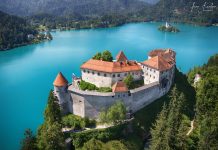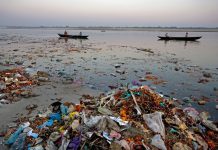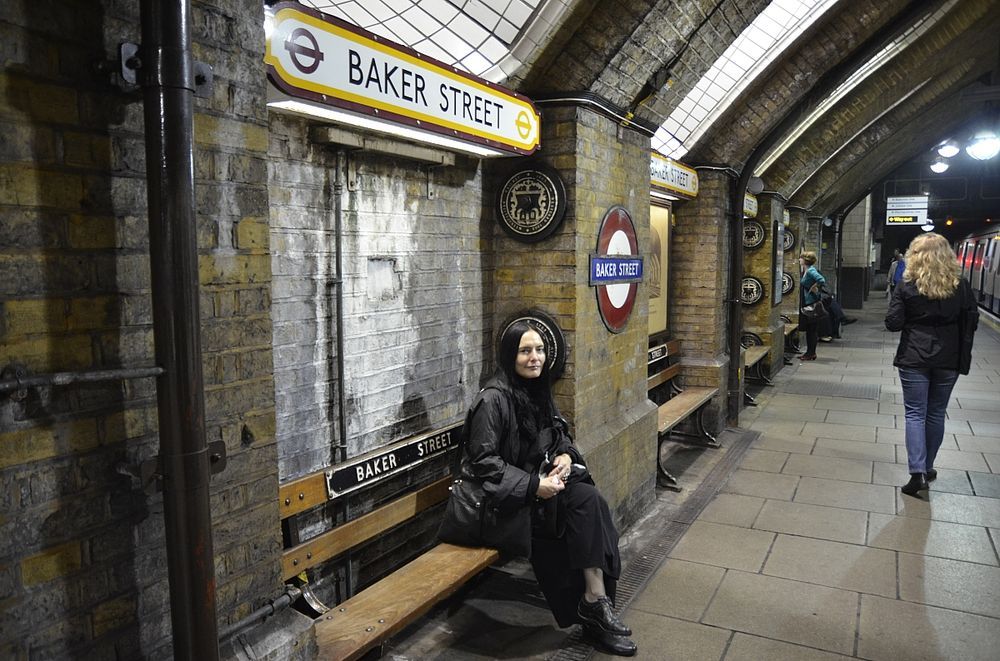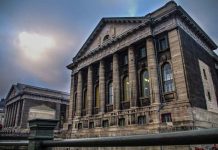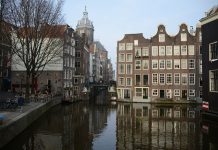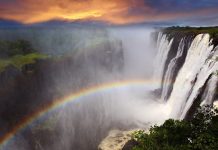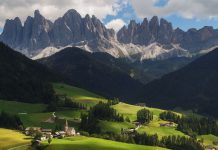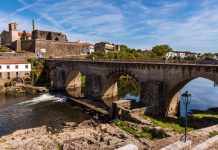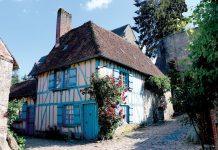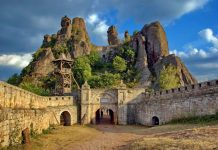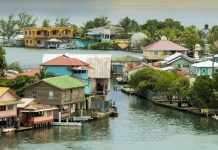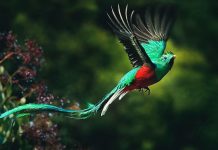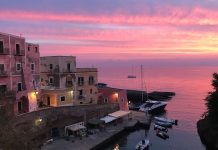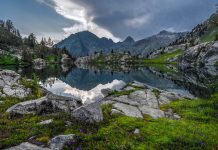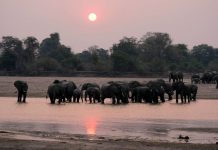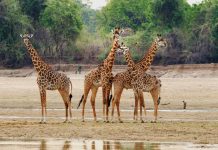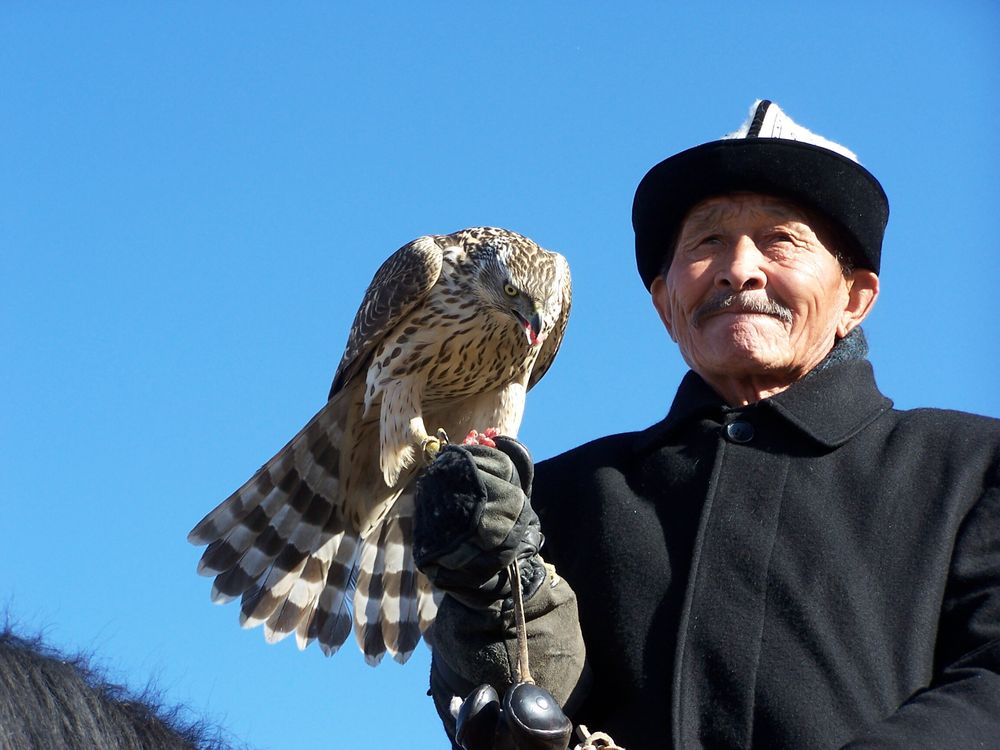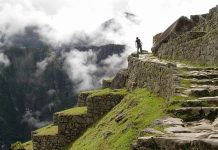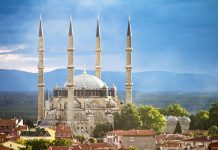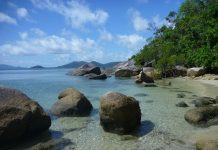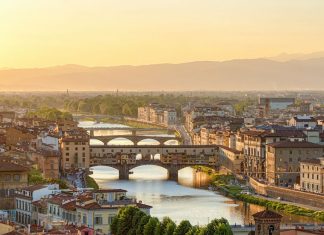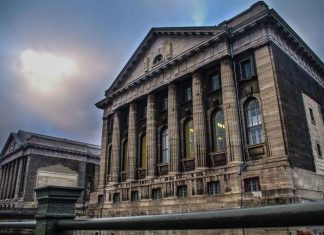EthnoEcoTourism is the capacity of our original peoples to present by themselves, before the whole world, the cultural and ecological value of the populations and regions which comprise our current national territory.
EthnoEcoTourism is, without doubt, a challenge for our principally rural populations, considering that this will bring them into increasingly greater and closer contact with the foreign visitor.
We have defined ourselves as a “pluricultural and multiethnic” country, and the legal structure currently in effect able to practice EthnoEcoTourism, with prospectives of sustainable development and transformation in regard to both our human and natural resources. Through EthnoEcoTourism, the development and promotion of community-managed microbusiness is sought. As such, the members of the indigenous communities shall be the generators of resources and benefits for their villages, increasing production, preserving ancient traditional techniques and protecting and preserving their own natural and touristic resources present in the region of their habitat.
The diversification of the Bolivian product to which EthnoEcoTourism leads us allows us to visualize, perhaps for the products that Bolivia possess, and the quantity of activities which can be carried out in our country, such as skiing, mountain climbing, trekking, high-altitude diving, fishing, and so on, for the enjoyment of enthusiasts.
We have a country rich in culture and traditions, with magnificent manifestations in the production of textiles, ceramics, gold and silver jewellery and musical instruments. Of course, there are traditions, with infinite fiestas and festivities, overall in the rural areas. In the cities the celebrations are decidedly more ostentatious and of greater impact due to the richness of the presentations. Vestiges of the past are imposing in Bolivia, and as such we have magnificent Pre-Columbian cities such as Tiwanaku, the Pre-Columbian roads, Samaipata, Iskanwaya, Incallajta and Lomas de Moxos.
On the other hand, the geography of our country situates us in a zone containing geological phenomena of extraordinary beauty such as Lake Titikaka, the Salt Flat of Uyuni, the Colorada Lagoon, the Verde Lagoon, the deserts of Sud Lipez, the caves of Toro Toro, the thermal resources of Oruro and the Cordillera Real. In addition, there is an extraordinary biodiversity which is unique to a habitat comprised of different altitudes or ecological floors, with species of flora and fauna exclusive to the Altiplano and Amazon regions which form parts of the Bolivian territory.
EthnoEcoTourism from the Amazon to the Andes, covers a wide range of touristic products on demand throughout the world. It extends from the exuberant natural wealth of the Amazon to the rustic and magnificent places of the Altiplano, with an abundance of ethnic and folkloric manifestations unique to each region of the country.
Bolivia possesses three of the most important remnants of the colonial universe of the sixteenth century in the world. They are: the cities of Sucre and Potosi and the marvellous Jesuit Missions of Chiquitania in the Department of Santa Cruz. The three have been declared by UNESCO Cultural Patrimony of Humanity, and the city of Potosi as Natural Patrimony of Humanity by the same organisation.

